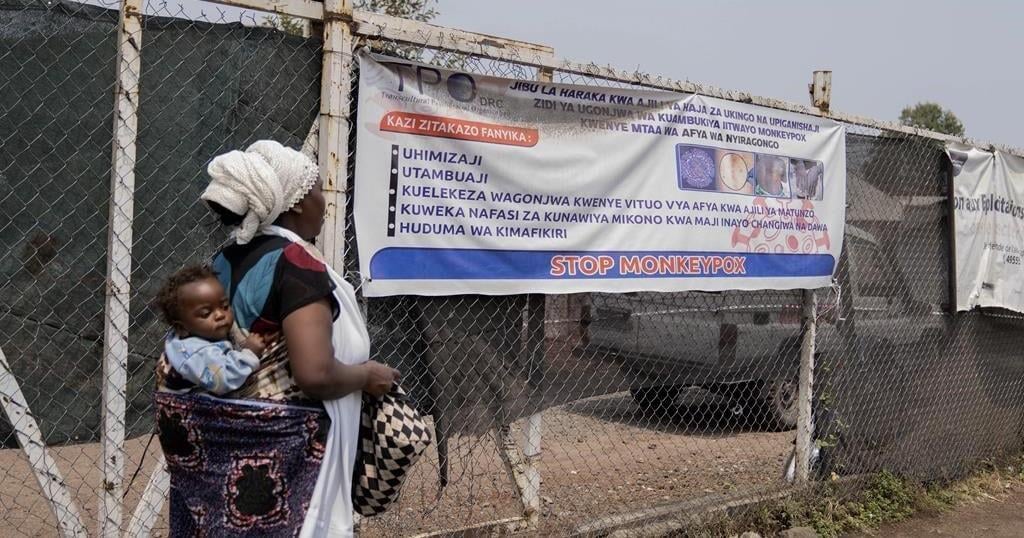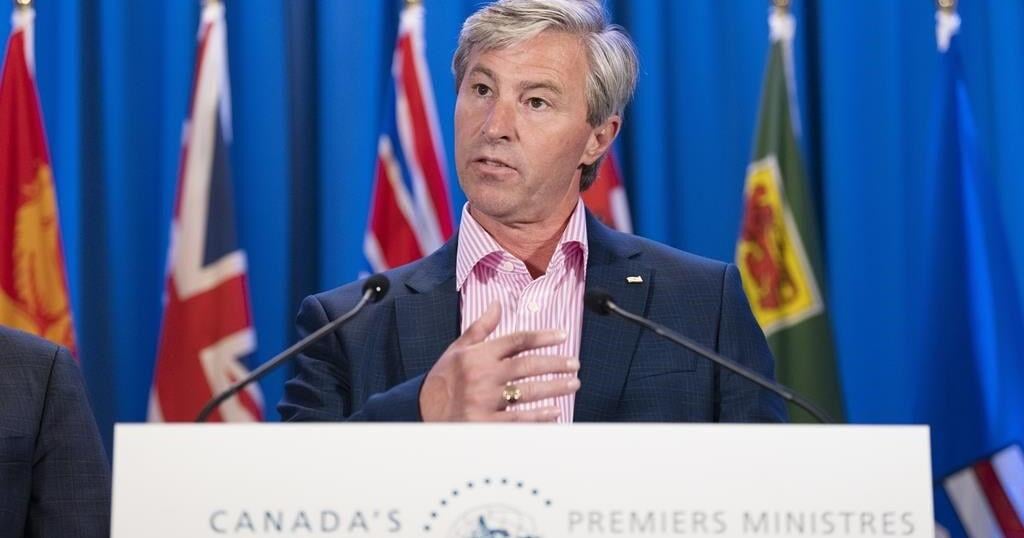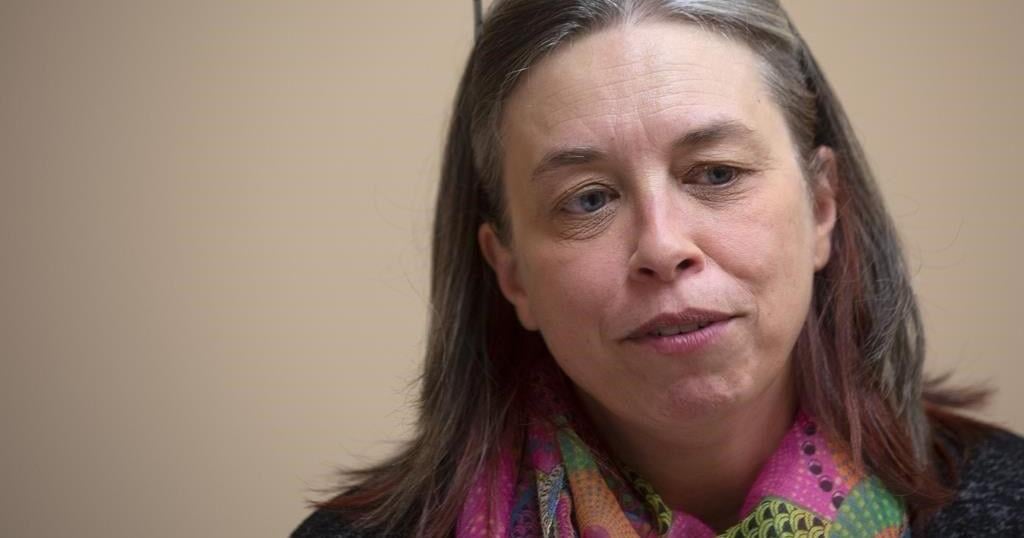QUESTION: How effective is the shingles vaccine and what is the CDC recommendation for getting it? My older brother and sister, both in their 50s, got COVID-19 a few months back followed by shingles. Do you know if there is a connection between these viruses, and would the shingles vaccine have protected them?
Health
Savvy Senior: Can COVID-19 cause shingles? | Qa | richmond.com – Richmond.com

ANSWER: Many health care professionals across the country have been urging their older patients to get the shingles vaccine (in addition to the COVID-19 vaccinations) during the pandemic because getting COVID-19 can increase your chances of developing shingles. And the more severe case of COVID you get, the greater your risk for shingles.
The reason for this is because when you contract COVID-19 your immune system becomes compromised fighting off the virus, which gives shingles — a virus that already exists in your body if you’ve had chickenpox — a chance to reactivate.
Here’s what you should know about shingles, the shingles vaccine and the Centers for Disease Control and Prevention recommendations.
People are also reading…
What is shingles?
Shingles, also known as herpes zoster, is a burning, blistering skin rash that affects around 1 million Americans each year. The same virus that causes chickenpox causes shingles. What happens is the chickenpox virus that most people get as kids never leaves the body. It hides in the nerve cells near the spinal cord and, for some people, emerges later in the form of shingles.
In the United States, about 1 out of every 3 people will develop shingles during their lifetime. While anyone who’s had chickenpox can get shingles, it most commonly occurs in people over age 50, along with people who have weakened immune systems. But you can’t catch shingles from someone else.
Early signs of the disease include pain, itching or tingling before a blistering rash appears several days later, and can last up to four weeks. The rash typically occurs on one side of the body, often as a band of blisters that extends from the middle of your back around to the breastbone. It can also appear above an eye or on the side of the face or neck.
In addition to the rash, about 20% to 25% of those who get shingles go on to develop severe nerve pain (postherpetic neuralgia, or PHN) that can last for months or even years. And, in rare cases, shingles can also cause strokes, encephalitis, spinal cord damage and vision loss.
Shingles vaccine
The vaccine for shingles called Shingrix (see Shingrix.com) provides much better protection than the old shingles vaccine, Zostavax.
Manufactured by GlaxoSmithKline, Shingrix is 97% effective in preventing shingles in people 50 to 69 years old, and 91% effective in those 70 and older.
Shingrix also does a terrific job of preventing nerve pain that continues after a shingles rash has cleared — about 90% effective.
Because of this protection, the CDC recommends that everyone age 50 and older, receive the Shingrix vaccine, which is given in two doses, separated by two to six months.
Even if you’ve already had shingles, you still need these vaccinations because reoccurring cases are possible. The CDC also recommends that anyone previously vaccinated with Zostavax be revaccinated with Shingrix.
You should also know that Shingrix can cause some adverse side effects for some people, including muscle pain, fatigue, headache, fever and upset stomach.
Shingrix — which averages around $205 for both doses — is covered by most private health insurance plans, including Medicare Part D prescription drug plans, but there may be a cost to you depending on your plan. Contact your insurer to find out.
Jim Miller is editor of the Savvy Senior. Send your senior questions to Savvy Senior, P.O. Box 5443, Norman, OK 73070, or visit www.savvysenior.org.
Health
Canada to donate up to 200,000 vaccine doses to combat mpox outbreaks in Africa

The Canadian government says it will donate up to 200,000 vaccine doses to fight the mpox outbreak in Congo and other African countries.
It says the donated doses of Imvamune will come from Canada’s existing supply and will not affect the country’s preparedness for mpox cases in this country.
Minister of Health Mark Holland says the donation “will help to protect those in the most affected regions of Africa and will help prevent further spread of the virus.”
Dr. Madhukar Pai, Canada research chair in epidemiology and global health, says although the donation is welcome, it is a very small portion of the estimated 10 million vaccine doses needed to control the outbreak.
Vaccine donations from wealthier countries have only recently started arriving in Africa, almost a month after the World Health Organization declared the mpox outbreak a public health emergency of international concern.
A few days after the declaration in August, Global Affairs Canada announced a contribution of $1 million for mpox surveillance, diagnostic tools, research and community awareness in Africa.
On Thursday, the Africa Centres for Disease Control and Prevention said mpox is still on the rise and that testing rates are “insufficient” across the continent.
Jason Kindrachuk, Canada research chair in emerging viruses at the University of Manitoba, said donating vaccines, in addition to supporting surveillance and diagnostic tests, is “massively important.”
But Kindrachuk, who has worked on the ground in Congo during the epidemic, also said that the international response to the mpox outbreak is “better late than never (but) better never late.”
“It would have been fantastic for us globally to not be in this position by having provided doses a much, much longer time prior than when we are,” he said, noting that the outbreak of clade I mpox in Congo started in early 2023.
Clade II mpox, endemic in regions of West Africa, came to the world’s attention even earlier — in 2022 — as that strain of virus spread to other countries, including Canada.
Two doses are recommended for mpox vaccination, so the donation may only benefit 100,000 people, Pai said.
Pai questioned whether Canada is contributing enough, as the federal government hasn’t said what percentage of its mpox vaccine stockpile it is donating.
“Small donations are simply not going to help end this crisis. We need to show greater solidarity and support,” he said in an email.
“That is the biggest lesson from the COVID-19 pandemic — our collective safety is tied with that of other nations.”
This report by The Canadian Press was first published Sept. 13, 2024.
Canadian Press health coverage receives support through a partnership with the Canadian Medical Association. CP is solely responsible for this content.
The Canadian Press. All rights reserved.
Health
How many Nova Scotians are on the doctor wait-list? Number hit 160,000 in June

HALIFAX – The Nova Scotia government says it could be months before it reveals how many people are on the wait-list for a family doctor.
The head of the province’s health authority told reporters Wednesday that the government won’t release updated data until the 160,000 people who were on the wait-list in June are contacted to verify whether they still need primary care.
Karen Oldfield said Nova Scotia Health is working on validating the primary care wait-list data before posting new numbers, and that work may take a matter of months. The most recent public wait-list figures are from June 1, when 160,234 people, or about 16 per cent of the population, were on it.
“It’s going to take time to make 160,000 calls,” Oldfield said. “We are not talking weeks, we are talking months.”
The interim CEO and president of Nova Scotia Health said people on the list are being asked where they live, whether they still need a family doctor, and to give an update on their health.
A spokesperson with the province’s Health Department says the government and its health authority are “working hard” to turn the wait-list registry into a useful tool, adding that the data will be shared once it is validated.
Nova Scotia’s NDP are calling on Premier Tim Houston to immediately release statistics on how many people are looking for a family doctor. On Tuesday, the NDP introduced a bill that would require the health minister to make the number public every month.
“It is unacceptable for the list to be more than three months out of date,” NDP Leader Claudia Chender said Tuesday.
Chender said releasing this data regularly is vital so Nova Scotians can track the government’s progress on its main 2021 campaign promise: fixing health care.
The number of people in need of a family doctor has more than doubled between the 2021 summer election campaign and June 2024. Since September 2021 about 300 doctors have been added to the provincial health system, the Health Department said.
“We’ll know if Tim Houston is keeping his 2021 election promise to fix health care when Nova Scotians are attached to primary care,” Chender said.
This report by The Canadian Press was first published Sept. 11, 2024.
The Canadian Press. All rights reserved.
Health
Newfoundland and Labrador monitoring rise in whooping cough cases: medical officer

ST. JOHN’S, N.L. – Newfoundland and Labrador‘s chief medical officer is monitoring the rise of whooping cough infections across the province as cases of the highly contagious disease continue to grow across Canada.
Dr. Janice Fitzgerald says that so far this year, the province has recorded 230 confirmed cases of the vaccine-preventable respiratory tract infection, also known as pertussis.
Late last month, Quebec reported more than 11,000 cases during the same time period, while Ontario counted 470 cases, well above the five-year average of 98. In Quebec, the majority of patients are between the ages of 10 and 14.
Meanwhile, New Brunswick has declared a whooping cough outbreak across the province. A total of 141 cases were reported by last month, exceeding the five-year average of 34.
The disease can lead to severe complications among vulnerable populations including infants, who are at the highest risk of suffering from complications like pneumonia and seizures. Symptoms may start with a runny nose, mild fever and cough, then progress to severe coughing accompanied by a distinctive “whooping” sound during inhalation.
“The public, especially pregnant people and those in close contact with infants, are encouraged to be aware of symptoms related to pertussis and to ensure vaccinations are up to date,” Newfoundland and Labrador’s Health Department said in a statement.
Whooping cough can be treated with antibiotics, but vaccination is the most effective way to control the spread of the disease. As a result, the province has expanded immunization efforts this school year. While booster doses are already offered in Grade 9, the vaccine is now being offered to Grade 8 students as well.
Public health officials say whooping cough is a cyclical disease that increases every two to five or six years.
Meanwhile, New Brunswick’s acting chief medical officer of health expects the current case count to get worse before tapering off.
A rise in whooping cough cases has also been reported in the United States and elsewhere. The Pan American Health Organization issued an alert in July encouraging countries to ramp up their surveillance and vaccination coverage.
This report by The Canadian Press was first published Sept. 10, 2024.
The Canadian Press. All rights reserved.
-

 Sports11 hours ago
Sports11 hours agoDolphins will bring in another quarterback, while Tagovailoa deals with concussion
-

 Sports13 hours ago
Sports13 hours agoDavid Beckham among soccer dignitaries attending ex-England coach Sven-Goran Eriksson’s funeral
-

 News13 hours ago
News13 hours agoVancouver Whitecaps cautious of lowly San Jose Earthquakes
-

 News11 hours ago
News11 hours agoUnifor says workers at Walmart warehouse in Mississauga, Ont., vote to join union
-

 Sports21 hours ago
Sports21 hours agoCanada’s Marina Stakusic advances to quarterfinals at Guadalajara Open
-

 Sports21 hours ago
Sports21 hours agoDavid Lipsky shoots 65 to take 1st-round lead at Silverado in FedEx Cup Fall opener
-

 Sports21 hours ago
Sports21 hours agoAlouettes receiver Philpot announces he’ll be out for the rest of season
-

 Media10 hours ago
Media10 hours agoWhat to stream this weekend: ‘Civil War,’ Snow Patrol, ‘How to Die Alone,’ ‘Tulsa King’ and ‘Uglies’






















